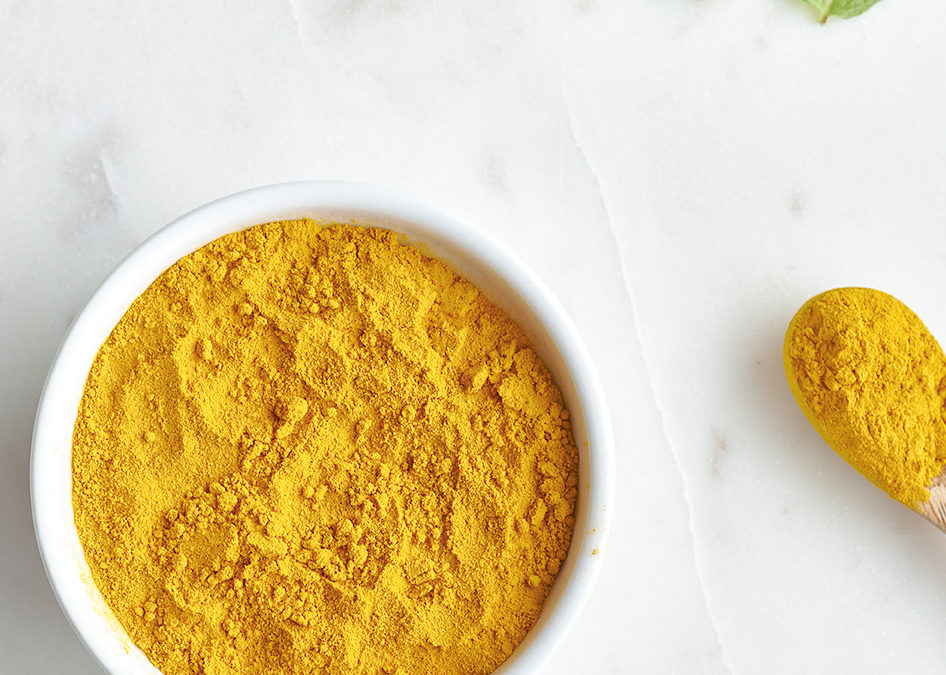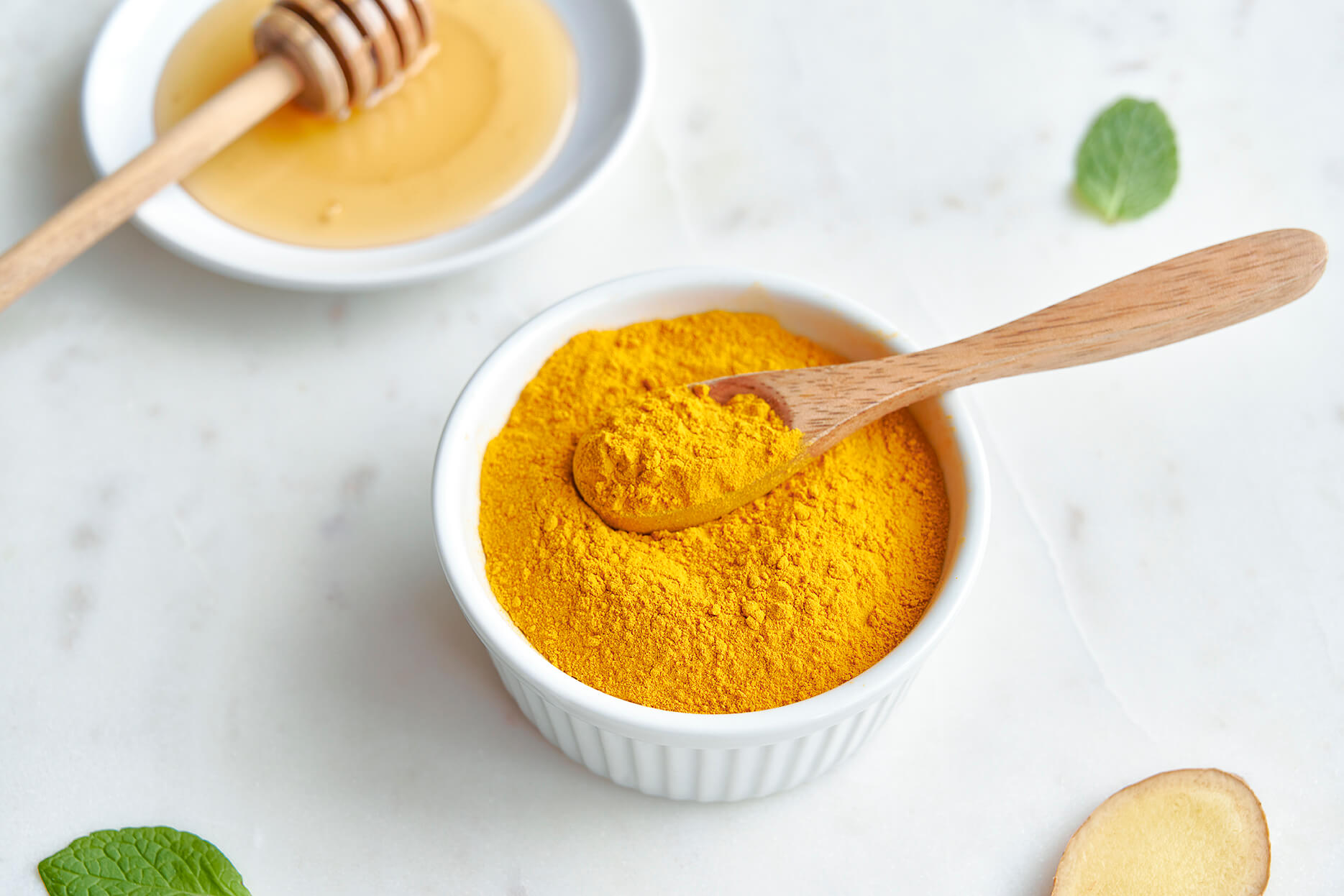A standout in world cuisine, turmeric is an ancient spice that has been used for its flavor, color, and health benefits for centuries. Recently surfacing in western cuisine and made popular by its sunny, golden hue, earthy flavor, and benefits in alternative medicine, this bold spice is quickly becoming a household staple that is here to stay.
In this blog, we’ll showcase its flavor, history, and common uses, and discuss the many ways it’s used today.
Flavor
Turmeric has a subtle earthy flavor that is slightly bitter and pungent. While some specialty stores carry fresh turmeric root, it’s most often found and used as a dried powder. Although the same exotic flavor is present in both forms, in dried form, it’s thought to be slightly more bitter than its fresh counterpart.
In 1280, Marco Polo wrote about turmeric in his memoirs, drawing parallels between it and the world’s most expensive spice, saffron. The flavor similarities between the two led it to be known as “poor man’s saffron”.
Appearance

Turmeric plants are flowering perennials with rhizomes (subterranean stems) that split and twist underground. The rhizome is the part of the plant that is harvested.
Turmeric rhizomes resemble ginger root; they are thick, root-like stems that are bulbous with branched offshoots. Stems are rather bumpy and covered in a thin, burnt orange/yellow skin. When revealed from its skin, its meat is a bright yellow-orange color with a fibrous texture. The characteristically bright yellow hue of the root remains after it’s been dried and ground into a powder; its bold color makes it easy to spot on a spice rack!
Origins
Turmeric comes from the rhizomes of the Curcuma Ionga plant. This plant originated in India, and while the exact location in India where it originated is still in dispute, the general historical consensus is that the first crops were grown in western and southern India. Historians believe that it has been used in India since 2500 BCE, and that it’s been used for its healing properties in Ayurvedic medicine since 500 BCE.
From India, turmeric was introduced to China, then East Africa, West Africa. Eventually, it was brought to Europe by Arab traders. Today, India is still responsible for most of the world’s exports.
History
Turmeric has been used in India for centuries for its natural medicinal properties, flavor profile, and dying capabilities. Historically, it was also commonly used in religious ceremonies for its perceived cleansing properties.
Hailed for its powerful antioxidant and anti-inflammatory properties, turmeric has been used in natural medicine for a range of ailments. Its natural healing properties are believed to come from a chemical called curcumin.
Although it is a principal spice in plant-based medicine, and while studies of curcumin seem to show evidence that on a chemical level curcumin itself may have such properties, human studies regarding these health benefits of consuming turmeric are limited, and more reliable evidence must be collected before making any medical claims or recommendations.
Today, turmeric has made a strong impression on the U.S. food industry. With growing curiosity and desire for more exotic foods and flavors from around the world, it has become an increasingly popular spice. In fact, demand for turmeric has grown from 3.5 million pounds imported in 1980 to 22 million pounds imported in 2018.
As industry demand has risen for traditional Indian foods like curry and golden milk, turmeric has even become a trendy, novelty flavor for foods like ice cream, kombucha, and chocolate.
Quality, Sourcing, & Safety
Pacific Spice is dedicated to producing the highest quality spices, so we source this spice only from approved vendors in India. This results in a product that is pure, free of contaminants and adulterants, and a flavorful addition to your favorite dishes.
Storing
Ground turmeric should always be kept in an airtight container and in dry, dark, and cool conditions above ground and away from the wall. When stored in these conditions, this spice can stay fresh for 1 year.
Uses
Color
Turmeric contains a compound called curcumin, and that’s what gives it its bright yellow color. This chemical is a natural dyeing agent, and it’s been used for years as such. It might surprise you to learn that turmeric is primarily used as a natural coloring agent in the textile, food, and pharmaceutical industries.
Cuisine
Turmeric is a versatile spice and it can be added to a variety of dishes, from sweet, to savory.
You are probably most familiar with turmeric as the spice that gives curry its bright flavor and earthy taste. It is also a great addition to:
- Soups
- Salads
- Scrambles
- Stir-fries
- Smoothies
- Vegetables
- Tea
- Meat dishes
Ayurevedic Medicine
As we mentioned above, turmeric has a long, rich history in nutraceutical medicine and that its medicinal properties are believed to come from curcumin, the chemical that also gives it its bright yellow color.
Turmeric is believed to contain potent antioxidant properties that protect the cells, reduce inflammation, prevent infection, and promote full-body wellness. In Ayurvedic medicine, it is believed to be an antiviral, antibacterial, and antiparasitic treatment that promotes pain relief (similar to ibuprofen), and benefits those who are postnatal, those with diabetes, skin conditions, memory loss, arthritis, and many other health concerns.
PSC Turmeric
At PSC, we have two turmeric products.
Turmeric: Bright yellow in color and ground.
Alleppey Turmeric: A variety of turmeric that contains higher curcumin levels.
Whether you choose just one or try all the varieties, we encourage you to use your imagination and find your new favorite uses for this bright and bold spice.
Are you interested in staying on top of industry trends? Do you want to learn more about the history and uses of spices? Subscribe to our newsletter and follow us on social media for industry insight and appetizing food photography!


